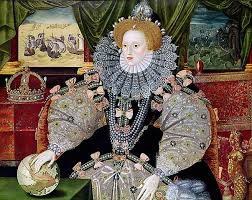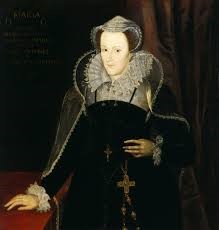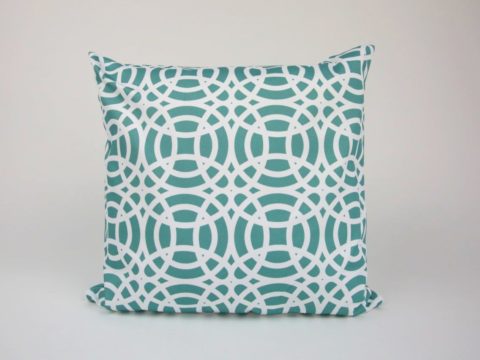Elizabeth Tudor and Mary Stuart
by Sarah Gristwood
Ideas of queenship in the sixteenth century
Chapter 1: Introduction
One of the great questions - for any of us interested in sixteenth-century queenship - has to be the one about Elizabeth and Mary. There were, as Mary Queen of Scots famously put it to first Mary and then Elizabeth Tudor, ‘two Queens in one Isle’. By any standards Elizabeth did well - so well that many (myself included) would account her the greatest monarch in British history. Revisionist work may tweak that picture, but only slightly. Revisionist work, by the same token, now suggests that Mary Tudor did better than we might guess from simplistic stories of ‘Bloody Mary’. (If nothing else, she paved the way for Elizabeth’s smoother accession.)
Yet nothing revisionist work can do - and John Guy for one has provided a wealth of detail to show that Mary did at least try to rule her country - can hide the fact that in the end she failed, and failed spectacularly. The question is, why?
It’s a question I’ve had to ponder a number of times. (Not least when, on BBC Radio 4’s Today programme, I had once to argue that Mary Queen of Scots was the worst monarch in British history. My point was that while most bad monarchs only manage to mess up one country, Mary clobbered two of them - Scotland, and England, where her constant efforts at subversion seriously compromised Elizabeth’s rule.) I’ve recently discussed it in Game of Queens, my study of the women who ruled sixteenth-century Europe. Even more recently, I’ve had to contemplate it again as background for a novel, The Queen’s Mary, I’ve written about Mary Stuart’s famous attendants, the ‘Four Marys’.
Was it her upbringing? Her character? - was she really, as fiction and drama have long seen her, the heart to Elizabeth’s head? Was the real secret the fact that Scottish nobles, the Scottish ruling bodies, had a different relationship to their monarch than English rulers enjoyed - and that, as crowning insult, this particular Scottish monarch had a different religion from many of her subjects?
All of the above, probably. But it may helpful, in this context, to look at one other thing - about just how revolutionary was the concept of a reigning queen, in the British Isles of the sixteenth century. And at what, on that subject, contemporaries had to say?







